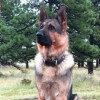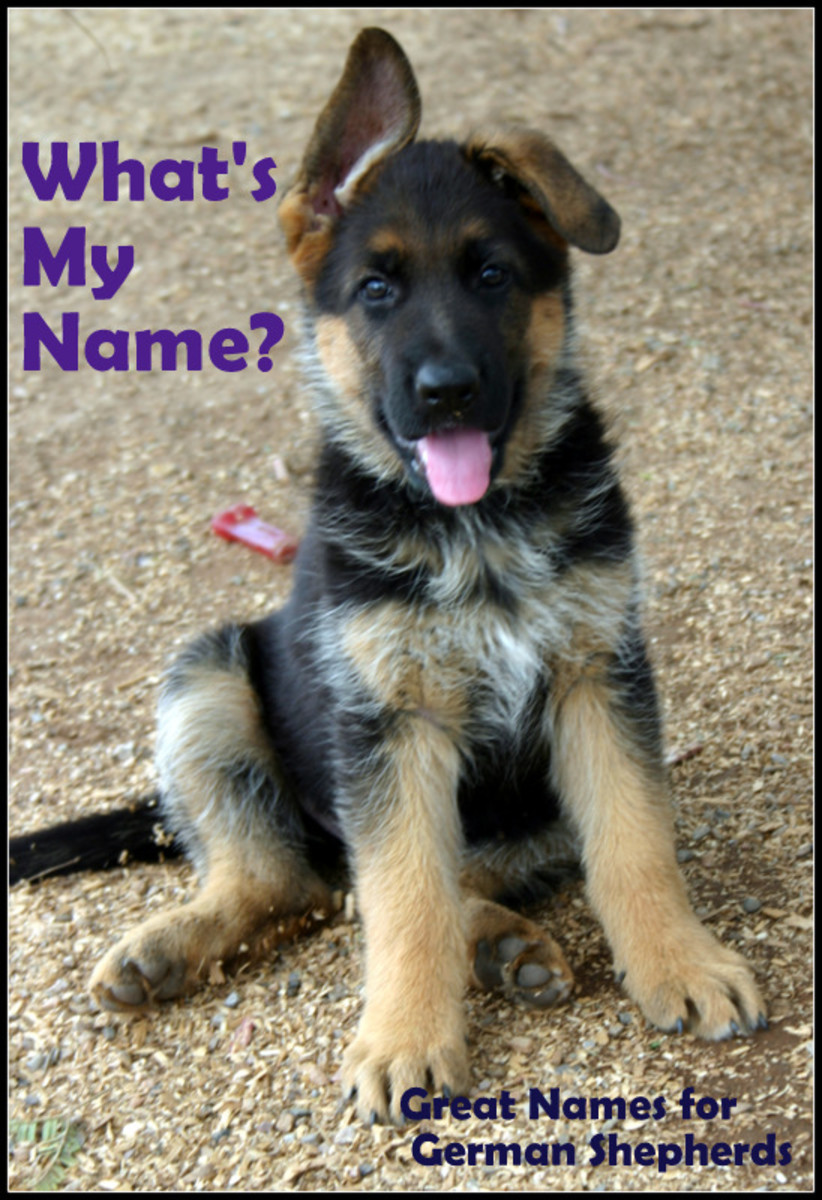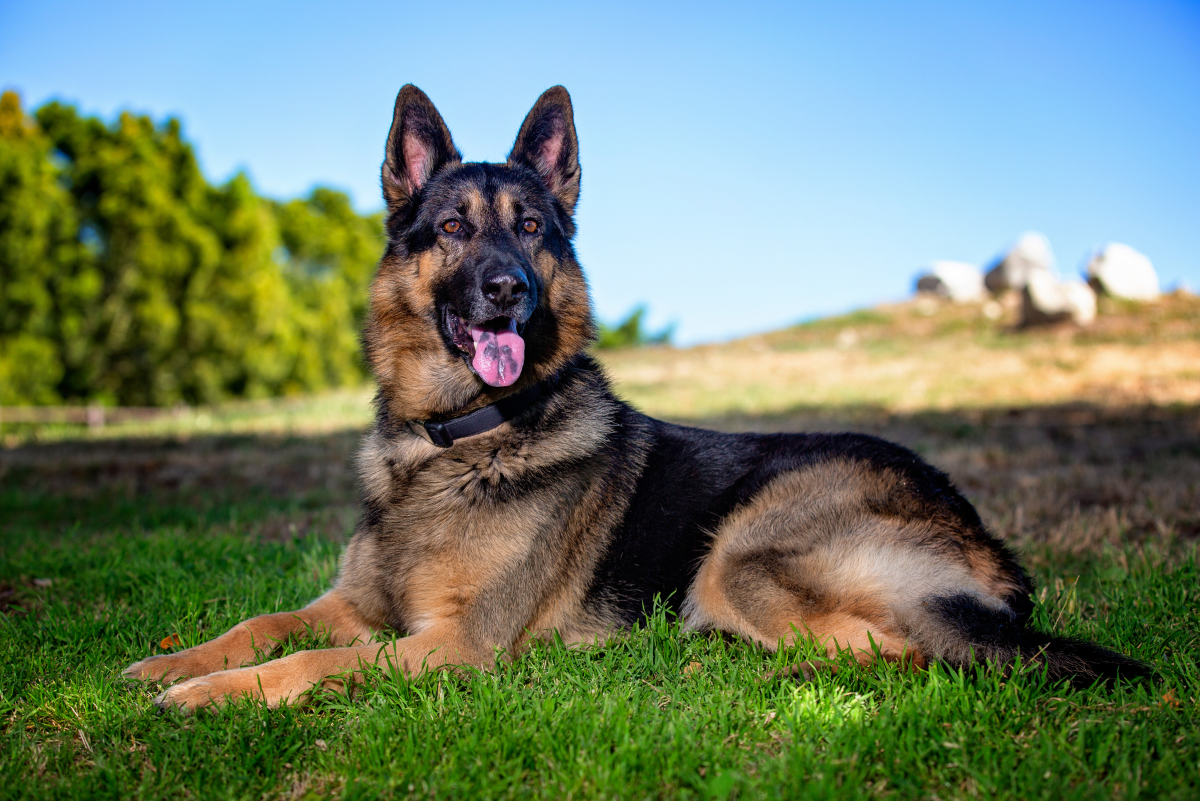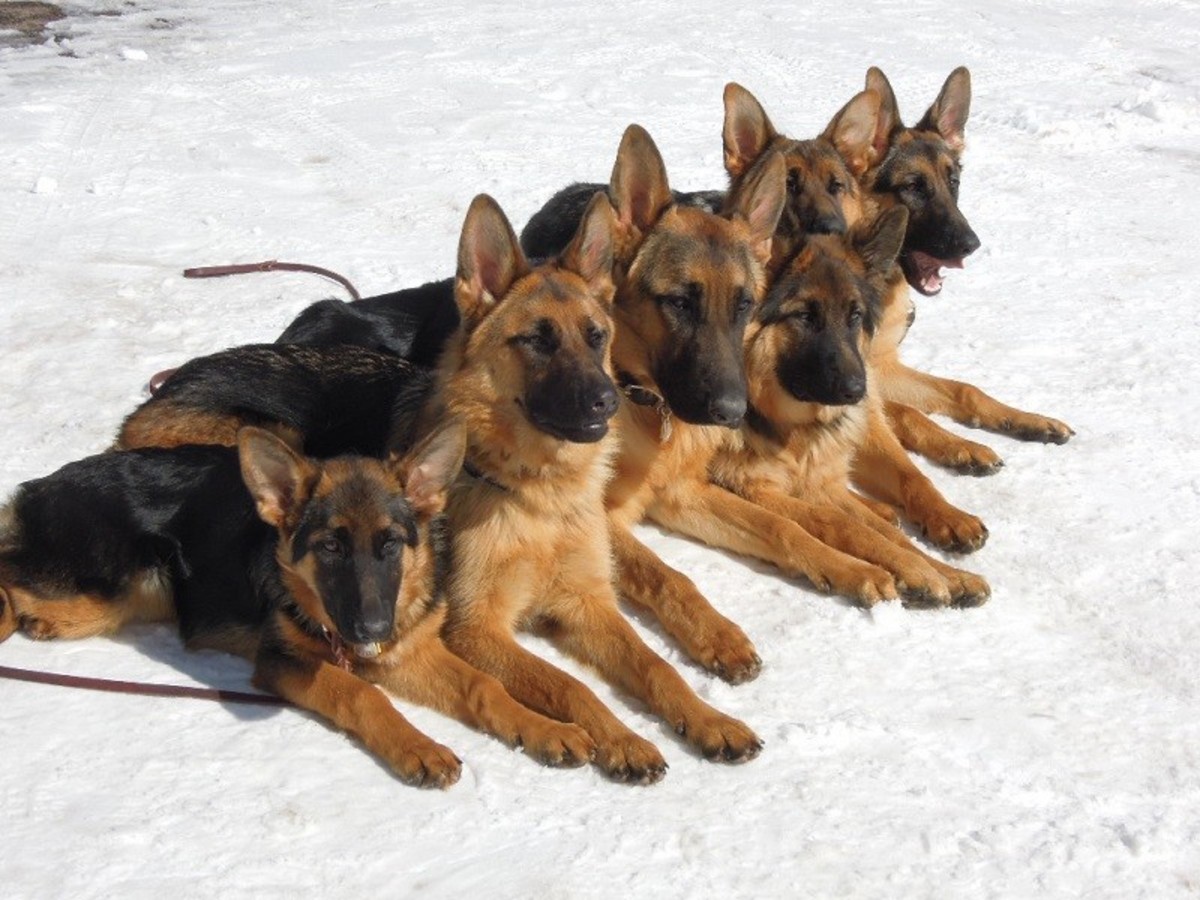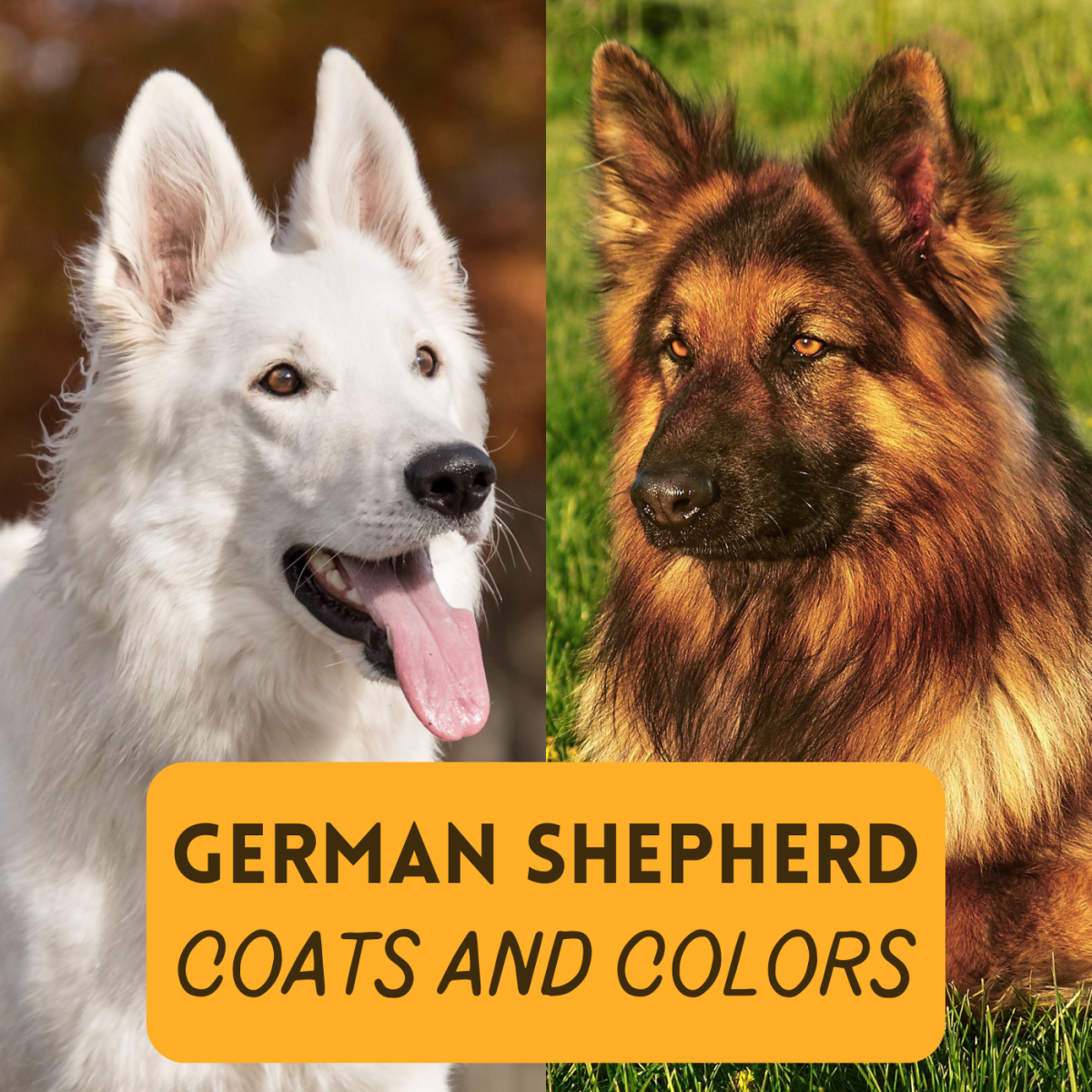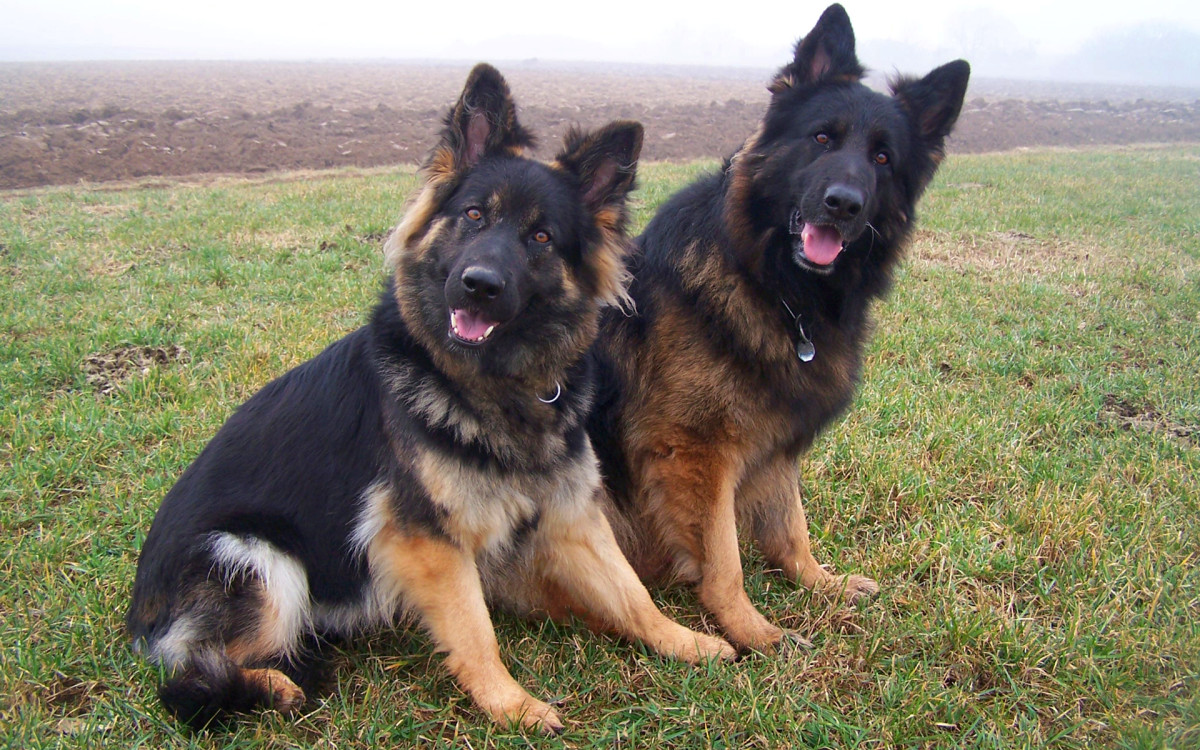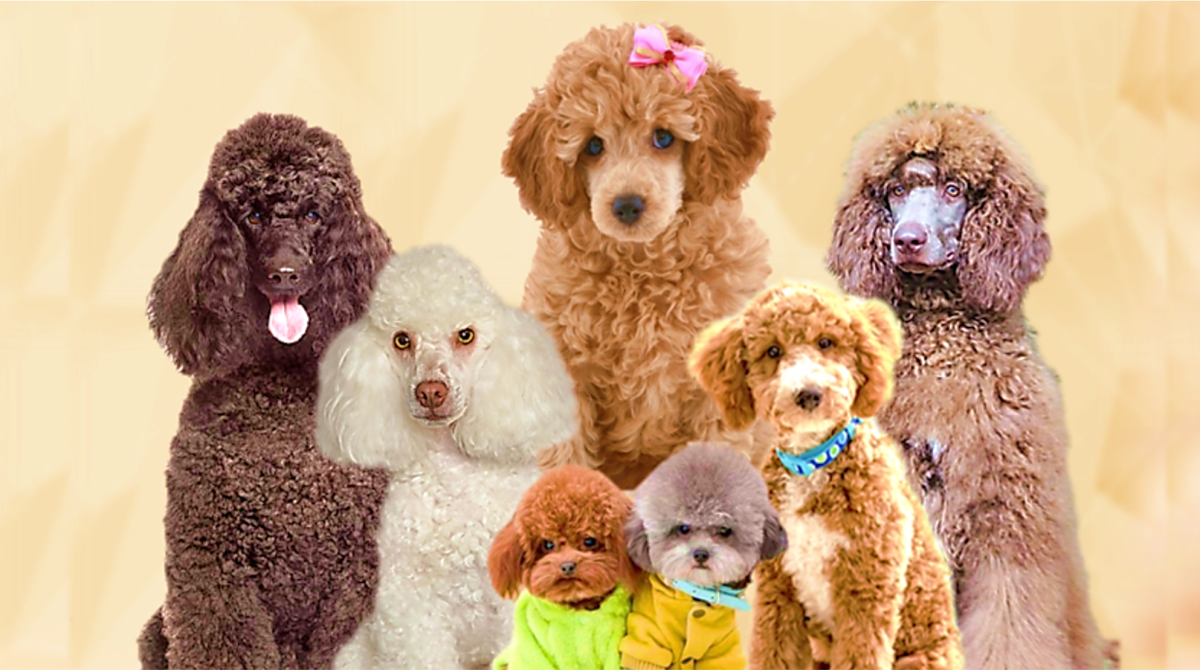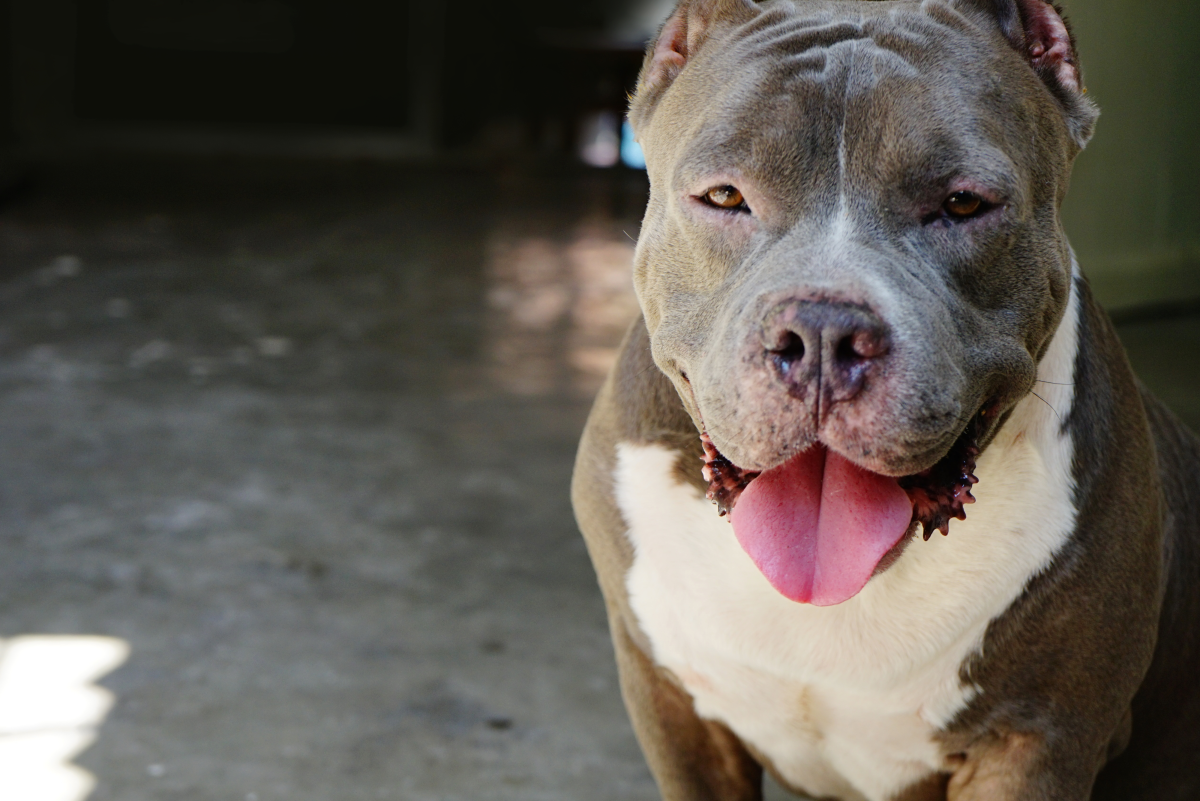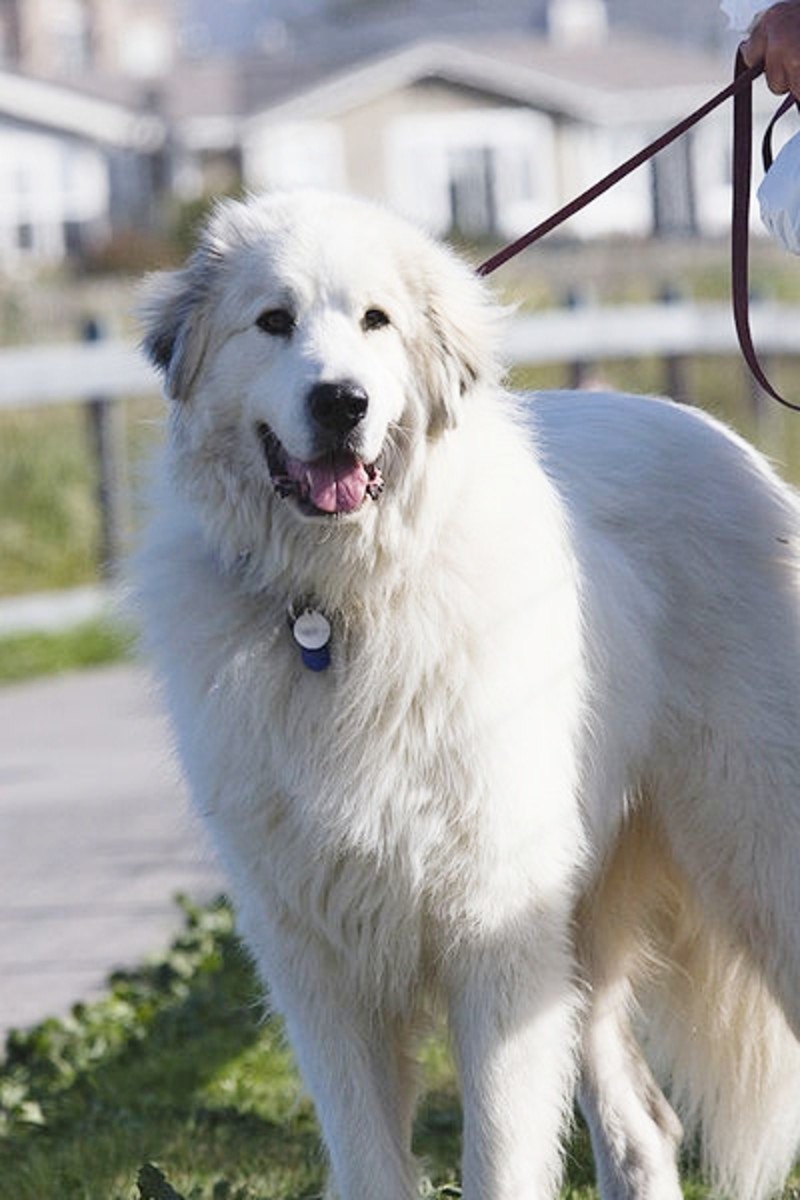- HubPages»
- Pets and Animals»
- Dogs & Dog Breeds»
- Dog Breeds
German Shepherd - What You Need To Know About This Dog
The Historical Development Of German Shepherds
It was Max von Stephanitz who gripped all the essential credits for the development of the highly talented, faithful and obedient German Shepherd. He solely conceptualized a great variety of sheep herding dogs into one single variety. He visualized a dog of righteous character, great working ability, loyal and comprehensively trainable. Shepherd dogs were known as the best working dogs in 18th and 19th centuries. The shepherds in Germany employed their dogs to direct their group of sheep as well as cattle. The first priority was given on their working ability, not on their appearance. The root of these dogs in historical timeline has not yet been identified.
In the late 19th century, a movement for initiating the herding sheep method was inspired by Captain von Stephanitz. The movement also influenced his decision to establish his organization Verein fur Deutsche Schaferhunde where both talent and beauty were prioritized. Although von Stephanitz also put his primary emphasis on the working ability of the German Shepherd, the attempt of increasing good appearance was also found to be important.
History witnessed that the developmental journey of the German Shepherd was not always hassle-free. In fact, there were several ups and downs in the demand of shepherd dogs in earlier times. By that time, von Stephanitz shifted his idea into a new direction and trained the German Shepherd for the purpose of police service, where these dogs once again proved their robust efficiency. However, later in 19th century and early phases of the 20th century, the increasing number of dog shows made the breeder think about both the efficiency and appearance of the German Shepherd.
Continuous involvement of Captain von Stephanitz and the formation of Verein made the development of the modern German Shepherd possible. During the First World War the German Shepherd was discovered by the British people and they brought this dog to England under the name of the Alsatian. During that phase, all the breeding techniques and policies were regulated by Verein fur Deutsche Schaferhunde in Germany. In the post World War II phase, Germany was ruined totally, the same happened with different organizations including Verein. It is assumed that North American was acclaimed for the best the German Shepherd of that time.
Similar to any other great innovator of different times, von Stephenitz always put his effort on exploring and gathering new knowledge about breeding German Shepherd dogs with the help of his extensive experience and experimental aptitude. He relied on several different ideas that were used by the British at that time. It was in 1899 when von Stephanitz attended a dog show and bought Horand von Grafrath, who was known as the first registered German Shepherd studbook entry. Von Stephanitz was most impressed by the wide range of qualities of the breed.
The blend of dynamism and active movements kept Horand apart from the other breeds. He was an obedient, brave, defensive and energetic type of dog, which was mostly praised for his mental alertness. In addition, he was also visually appealing with his beautiful lines of the body. A perfect combination of stamina and beauty gave the German Shepherd great worldwide recognition. In recent times, imported German Shepherds are exclusively adorable for implausible sense of smell, loyalty, obedience, sound temperament and excellence in physical structure and working ability.
The German Shepherd is the perfect combination of action and elegance. It is widely accepted for its obedience, physical activity and working ability. This article offers all the basic German Shepherd information including its history.
Why German Shepherds Can Get Into Trouble
When Al Gore testified before Congress after his movie An Inconvenient Truth was released, the Congress jokingly accused him of being a movie star. "Rin Tin Tin was a movie star!" Al Gore retorted. "I just have a little slide show." Rin Tin Tin was a fictional German Shepherd dog that embodied all the best in a celebrity. Was Rin Tin Tin a myth, or based on the real personalities of German Shepherd dogs?
German Shepherd dogs do, indeed, live up to the fictional resume of Rin Tin Tin. They are noble, loyal, brave, friendly and eager to please. Yes, you read that right -- they are incredibly friendly. However, because they are so eager to please their people that they will quickly learn to attack if that is what their people want. At one point a few decades ago, German Shepherds were as feared as Pit Bulls are today.
German Shepherd dogs are loyal, alert, emotional and probably more intelligent than most people. They are capable of learning very complex behaviors and can solve problems. German Shepherds are even capable of learning commands in two languages. Once they learn something, it sticks. They are known to be very easy to housebreak. Once they have gotten the idea, any accidents are usually due to illness and require a trip to the vet to be easily cured.
This incredible ability to learn and remember can get the German Shepherd in trouble. One director of an English German Shepherd rescue had a desperate phone call from a woman clearly at her wit's end. "My son taught the dog to turn in circles and he won't stop!" When reminded that she shouldn't have let the son teach this trick to the dog, she wailed, "He's 37!" Patient and persistent retraining are the only ways to get a German Shepherd to give up a bad habit.
A German Shepherd dog looks to you as a worshiper looks to God. Don't abuse this trust and devotion. You don't like it when God rains bad situations down on you through no fault of your own. This sadly happens to many German Shepherds who are abandoned because their owners did not take the time to learn basic German Shepherd information about their care, needs and personalities.
German Shepherd dogs are very hard to distinguish from human beings in terms of their needs and personalities. They need attention, want to know when they've good job and need a reason for being alive. In their world, they want the good to be rewarded and the bad to be punished. If they are taught to do something bad, they think they are doing well by obeying and will have a hard time understanding why they are being punished. They are capable of being retrained, if you have the guts to stick with your best friend.
It takes a special person to adopt a German Shepherd and do a lot of research about the breed to ensure proper care. New dog owners should know basic German Shepherd information before bringing home a German Shepherd rescue dog.
All About Life With German Shepherd Dogs As Pets
It has been said that the German Shepherd dog (often called Alsatian) act the way all human beings are supposed to act. They are incredibly loyal, highly intelligent and brave. They have been bred for centuries not only to interact with mankind, but also to be an essential life partner. Throughout the world, German Shepherd dogs herd sheep, rescue disaster victims, tackle criminals, guide the blind and star in movies.
But if German Shepherd dogs are so great, how come so many wind up in animal shelters? These incredible animals are abandoned by the thousands every year, not because they have something wrong with them, but that their previous owners lacked the basic German Shepherd information on what life is like with this special breed. If you are considering getting a German Shepherd, please take into consideration what life with a Shepherd is like before you get the dog or puppy.
Daily life with a German Shepherd should include a lot of interaction and fuss with your family and your dog. They love to be in the center of the action and are strong enough to force their way to the center of the action if not supervised. Keeping the dog exercised, including games and playing in the yard will help to keep his or her energy levels down. German Shepherds are not vicious by nature, but they can play rough, just like puppies do.
You will need to brush your German Shepherd every day to keep out tangles and to keep shedding to a minimum. Most German Shepherds have thick, double layer coats, although there are many with single layer coats. Bathing the German Shepherd Dog too often can result in shedding and dandruff production beyond belief so only bathe when absolutely necessary. Train your dog to be still when brushed and do it after exercise.
German Shepherd dogs are highly trainable, providing they get regular exercise and aren't overfed. Too much food for a German Shepherd is like giving too much sugar and caffeine to a child – they can't help being a bit hyper afterwards. They are also more trainable and calmer is you have them spayed or neutered. This also cuts down in incidences of wandering, aggression and cancers of the reproductive organs. Leave the breeding of German Shepherds to the experts.
Another point not usually touted in German Shepherd information from the AKC is that they often have health problems. The German Shepherd Rescue of North Carolina has estimated that care of a German Shepherd Dog costs about three thousand dollars per year, and German Shepherds live into their teens. If you take on a German Shepherd be committed to taking care of them financially as well as with affection, proper grooming, diligent training and proper nutrition.
Many people love collecting anything and everything having to do with German Shepherd dogs. There would be less German Shelters in rescues if people knew basic German Shepherd information before getting one.
Standards German Shepherd Breeders Strive For
The American Kennel Club (AKC), which establishes standards for all breeds of dog recognized in the United States, has established standards for the German Shepherd breed. Dogs that match this standard may win best of breed contests and may even be crowned champions in American Kennel Club dog shows. A German Shepherd that does not live up to the standard can still make a wonderful pet, but it will never win a dog show.
The standard of the breed calls for a well muscled, strong, and agile appearance, well balanced with a substantial appearance at rest and in motion. The ideal dog looks graceful and nimble and presents a curved, as opposed to angular, profile. A good German Shepherd has a fearless, confident personality: approachable but not overly friendly. The German Shepherd is poised and ready on a moment's notice to go to work as a guardian, guide dog, police dog, herding dog, or beloved family pet.
The standards require that German Shepherd males should be twenty four to twenty six inches tall at the shoulder; females should be twenty two to twenty four inches tall. The German Shepherd head is noble, strong, and in proportion to the body. Males should look masculine, and females should look feminine. The face includes dark eyes, moderately pointed ears and a long, strong muzzle. A dog with cropped or hanging ears will be disqualified from competition, as will a dog with a nose that is not predominantly black. The neck should be strong, muscular and relatively long, carrying the head high and forward. The body should be deep with long ribs, a firmly held abdomen and a high, bushy tail. The forequarters are well muscled, with short, compact feet. The upper thigh should run parallel to the shoulder blade. The hindquarters are broad, with dewclaws removed from the hind legs.
The standard for German Shepherds require a double coat, with a thick, short outer coat on the main part of the body and shorter coat on the head, legs, and paws. A slight wave may be acceptable to some judges, but silky, wooly and curly coats are faults that require disqualification from judging. The health of the dog shows in the coat, so a German Shepherd's coat should be glossy and well groomed. The classic German Shepherd is a deep tan with black saddle and facial features. Variations in color are permissible, although a white dog must always be disqualified. The German Shepherd moves in a trademark trot, covering ground quickly and steadily. A good German Shepherd trots effortlessly, as gait faults nearly always result in disqualification.
These are the American Kennel Club standard for breeders and dog show judges. As the saying goes, your mileage may vary. German Shepherd dogs who fall short of these standards make loyal, loving companions, so don't overlook dogs offered for adoption through German Shepherd rescue organizations when selecting a German Shepherd as a companion animal.
The American Kennel Club standards for a German Shepherd promote good breeding practices that produce healthy dogs. Breeders are always looking for German Shepherd information that will help them maintain the standards of this noble breed. To talk to a breeder or see German Shepherds that meet the standards, go to a dog show and see these dogs first hand.
